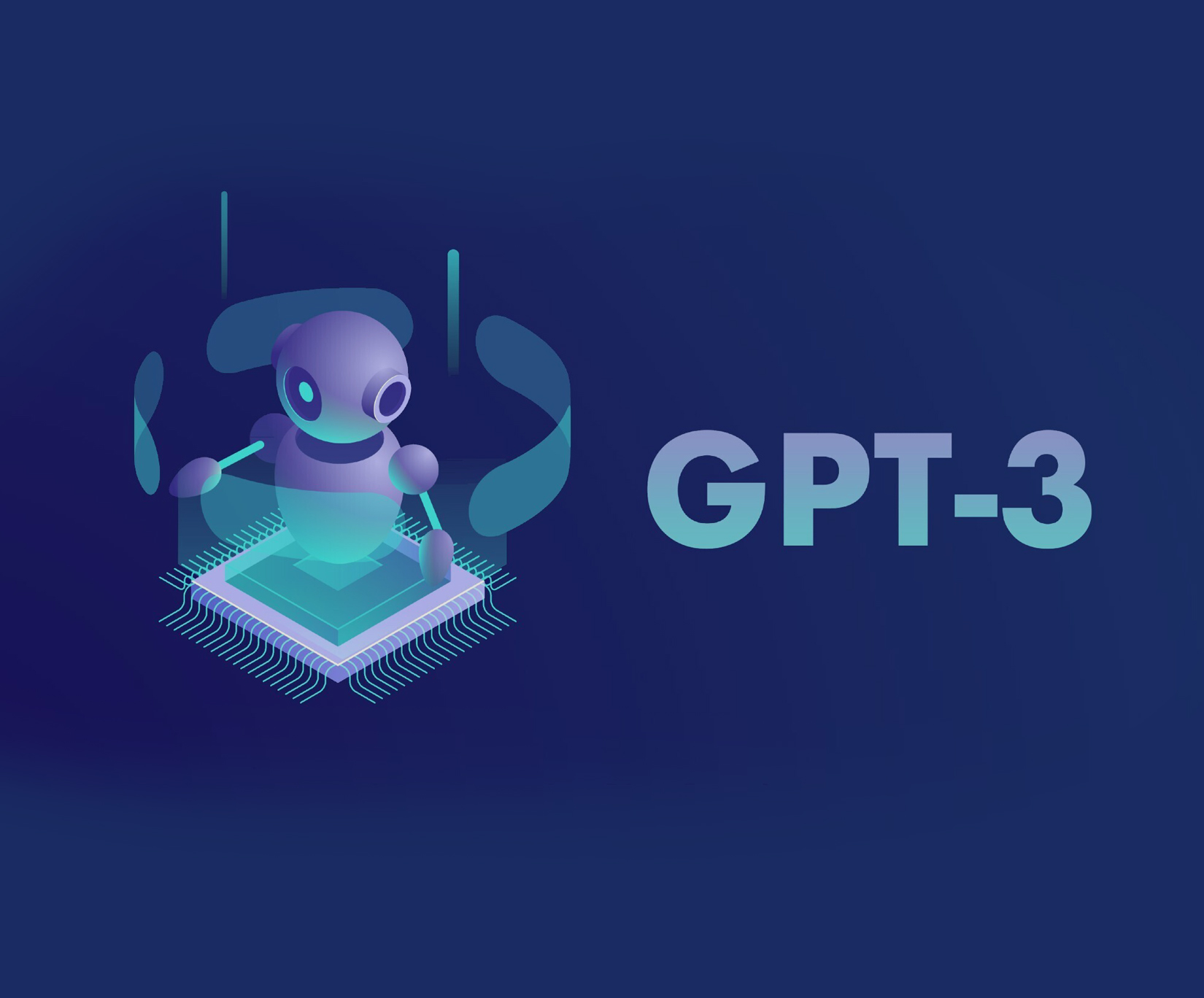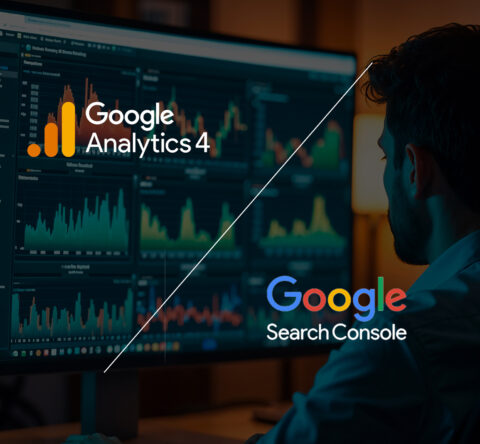A neural network machine learning model called a third-generation pre-trained transformer, or GPT 3, can type any kind of text. It was trained using internet data. When figuring out what GPT-3 is, developed by open AI, Large amounts of complex machine-generated text are produced from a tiny quantity of text input.
GPT-3 will be the largest neural network produced until 2021. As a result, GPT-3 is more effective than any previous model at producing text that appears to have been produced by a human being
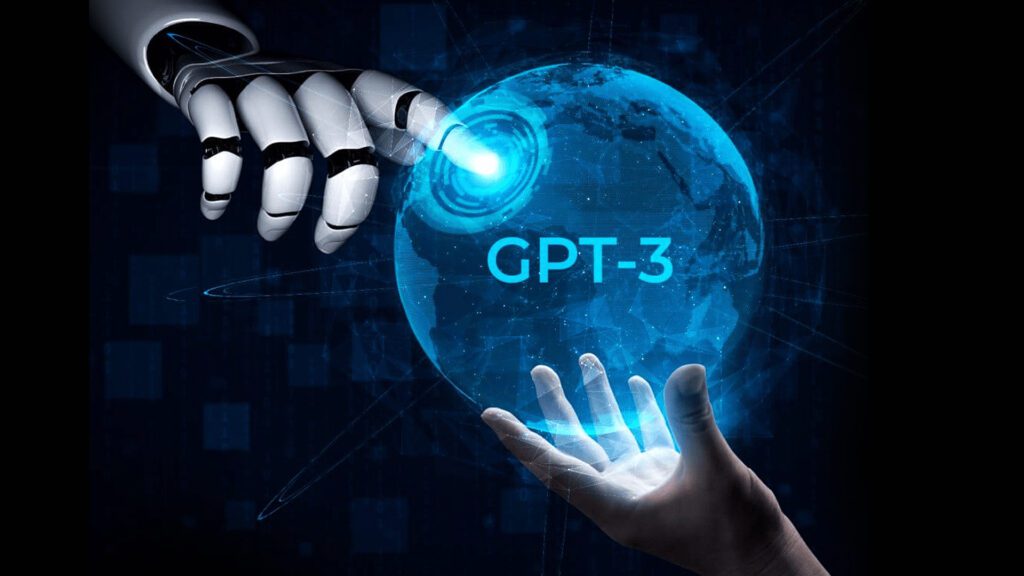
What are the things that GPT 3 can do?
GPT 3 is known to process text input to accomplish a variety of natural language tasks. It relies on the use of natural language processing and natural language generation to understand and generate natural text in human language. At a generic level, the content that is understandable for human beings poses challenges to human beings, as they are not aware of the nuances and complexities of the language.GPT-3 is trained to generate realistic human text. Going one step ahead, what is GPT-3? It is used to develop poetry stories and dialogue by resorting to the use of a small amount of input text that is used to develop large amounts of copy. GPT 3 can create anything with a text structure, not just human language text. It may also generate text summaries or program code.
Examples of GPT 3
A popular example of GPT-3 implementation is ChatGPT. It is a GPT-3 model version that benefits from human conversation. This enables it to challenge false premises, ask additional questions, and acknowledge its errors. During the research preview, ChatGPT was made available free to the public for the purpose of collecting feedback from users. The main reason why ChatGPT was formulated is to prevent any form of deceptive response.
Using only small snippets of code text, GPT-3 can formulate a workable code that is able to run without error since programming code is a form of text. You may be using a tinge of suggested text as GPT 3 can be used to clone websites. This is done by providing the URL to the suggested text. The developers are using GPT- 3 in various ways, interpreting charts from text descriptions, excel functions along with other development functions. Even GPT- 3 can be used in the healthcare sector. GPT 3 can accomplish the following:
- Create comic strips, memes, advertisement copy and blog posts
- Write jokes, music along with social media posts
- Performing sentiment analysis
- Extract information from contacts.
- Translation of text into program commands
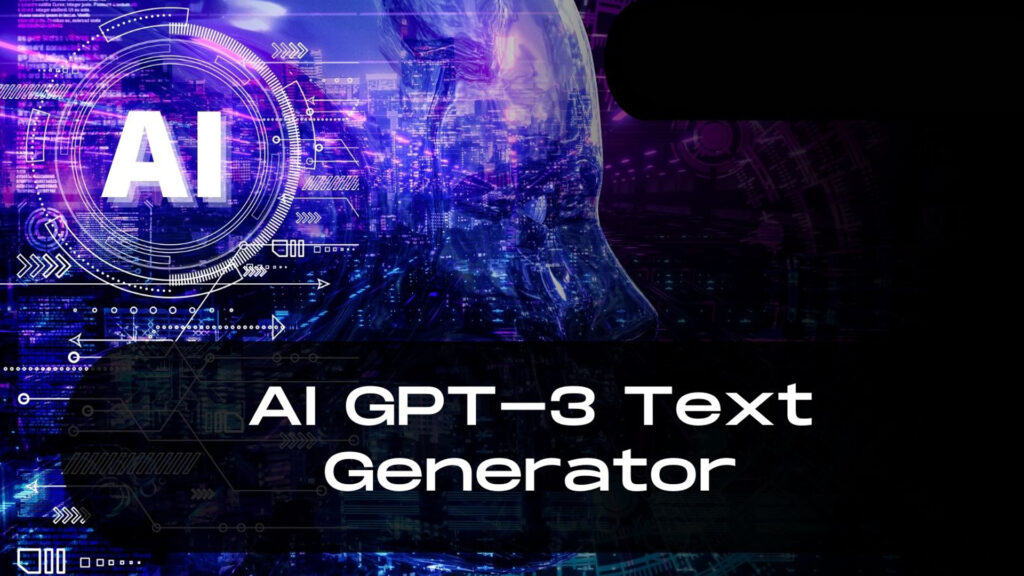
The history of GPT-3
In the year 2015, it was formed as a non-profit organization, and Open AI formulated GPT-3 as one of their research projects. Their aim was to tackle the larger objective of developing AI in a manner that benefits humanity as a whole. In the year 2018, the first version of GPT was released, and it contained 117 million parameters. In 2019, the second version of GPT, known as GPT-2, was released. It had around 1.5 billion parameters. The latest version of GPT3 has reported a major surge with nearly 175 billion parameters. It is more than 100 times as large as its predecessors or 10 times as large as comparable programs.
Coming to the pre-trained models like BERT showcased the viability of the text generator module. It went on to reveal the power that neural networks had to generate long strings of text that had been deemed impossible earlier. Open AI allowed access to the model and figured out how it could prevent any form of potential problem. During the beta period, a model was released that required users to apply this model at no additional cost. In October 2022, the beta period ended, and the company went on to release a pricing model that was based on a tried and proven credit system. Microsoft invested $1 billion in Open AI in 2020 and became the exclusive licensee of this model. In short, GPT3 indicates that Microsoft has exclusive rights to the GPT-3 model.
In November 2022, ChatGPT was launched, and it was free to use during the research phase. This went on to provide GPT-3 with considerably more attention than it previously had. It provided an opportunity for non-technical personnel to try this form of technology.
The working of GPT-3
A language prediction module is GPT-3. It means that there is a neural network machine learning model where it takes input text and transforms it into what it predicts is likely to be a useful result. The process is accomplished by training the system on the mammoth body of internet text to detect patterns, a procedure referred to as generative pre-training. The training of GPT3 took place on several data sets, each of them having varied weights, like Wikipedia and Web Text 2.
GPT-3 is initially trained through a supervised testing phase, then through a reinforcement phase. During training ChatGPT, the training team poses a question to the language model with a clear outcome in mind. If the model provides an incorrect answer, the trainer tweaks the model to teach it to provide the right answer. The model may provide several answers, and the trainers may rank it among the best and the worst.
Figuring out how GPT3 works, it has close to 175 machine learning parameters, which, in comparison, are larger than those of its predecessors. The earlier models are Turing NLG and BERT. The parameters are a component of the large language model, which defines skills for generating a problem such as text generation. The large model’s performance scales if more parameters and data are added to the model.
The moment a user incorporates text input, the system analyses the language using a text predictor. It is based on training and provides a likely output. The model can be improved as it produces high-quality output text that is comparable to what humans can write without further training or tuning.
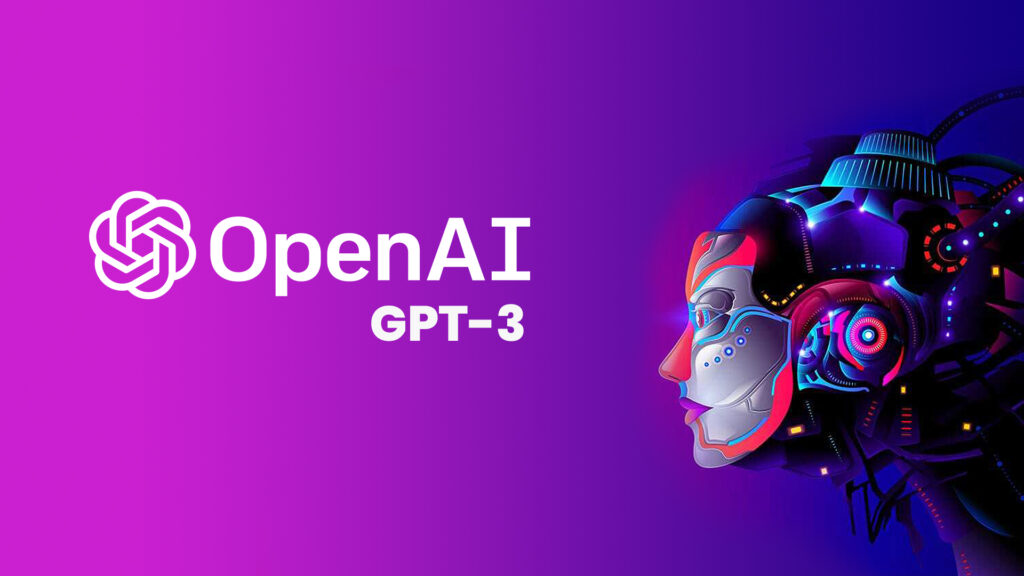
What can GPT3 do?
There is a large amount of text that needs to be generated by a machine that is based on a small amount of text input. Understanding what GPT-3 is indicates it provides a good solution. Large learning models like GPT-3 that provide a range of handfuls of examples are able to provide precise outputs. At the same time, GPT-3 has a wide range of applications in artificial intelligence. Since it is task-agnostic, it will be able to perform a wide range of tasks without fine-tuning.
Just like automation, GPT-3 should be able to cope with repetitive tasks. This enables human beings to handle complex tasks that require a high level of critical thinking. Various situations may arise where it is not practical to enlist a human to generate text output. There may arise a need for automatic text generation that replicates humans. Examples include how customer service teams can use GPT-3 to support chatbots or answer questions. The sales team can use it to connect with potential customers. The marketing team can make copies using GPT-3. Such a form of content requires fast production and poses low risk. This means that if there is any mistake in the copy, the consequences may turn out to be minor.
There is another benefit of GPT-3 in that it is lightweight and can be operated on a smartphone or laptop.
The future of GPT 3
Open AI and others are working towards developing powerful models. A series of open-source efforts are prominent in offering a non-licensed and a free model as an alternative to exclusive ownership by Microsoft. Opening AI has planned larger and domain-specific versions of the models trained on diverse and different kinds of text.
There are others who are exploring different options about the topic of how GPT-3 works. The executive license of Microsoft poses challenges to those who are looking to embed these capabilities as part of their applications. As part of their applications, Microsoft has planned a version of integrating GPT into applications such as Power Point, Word, or Microsoft Power apps.
There is a lack of clarity on how GPT-3 will develop in the future, but there is a possibility that it will find real-world uses and be embedded in numerous generative AI applications.
Stay up-to-date with GTECH for the latest technology blogs.
Related Post
Publications, Insights & News from GTECH


